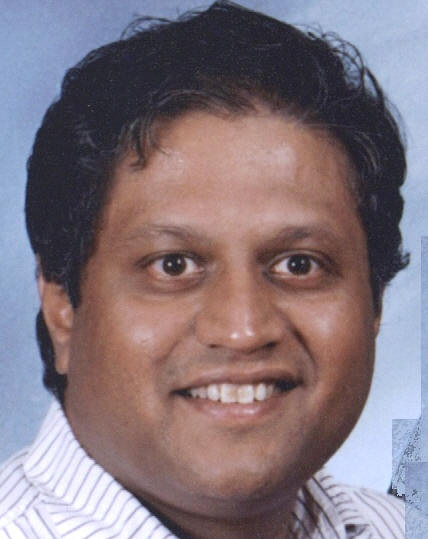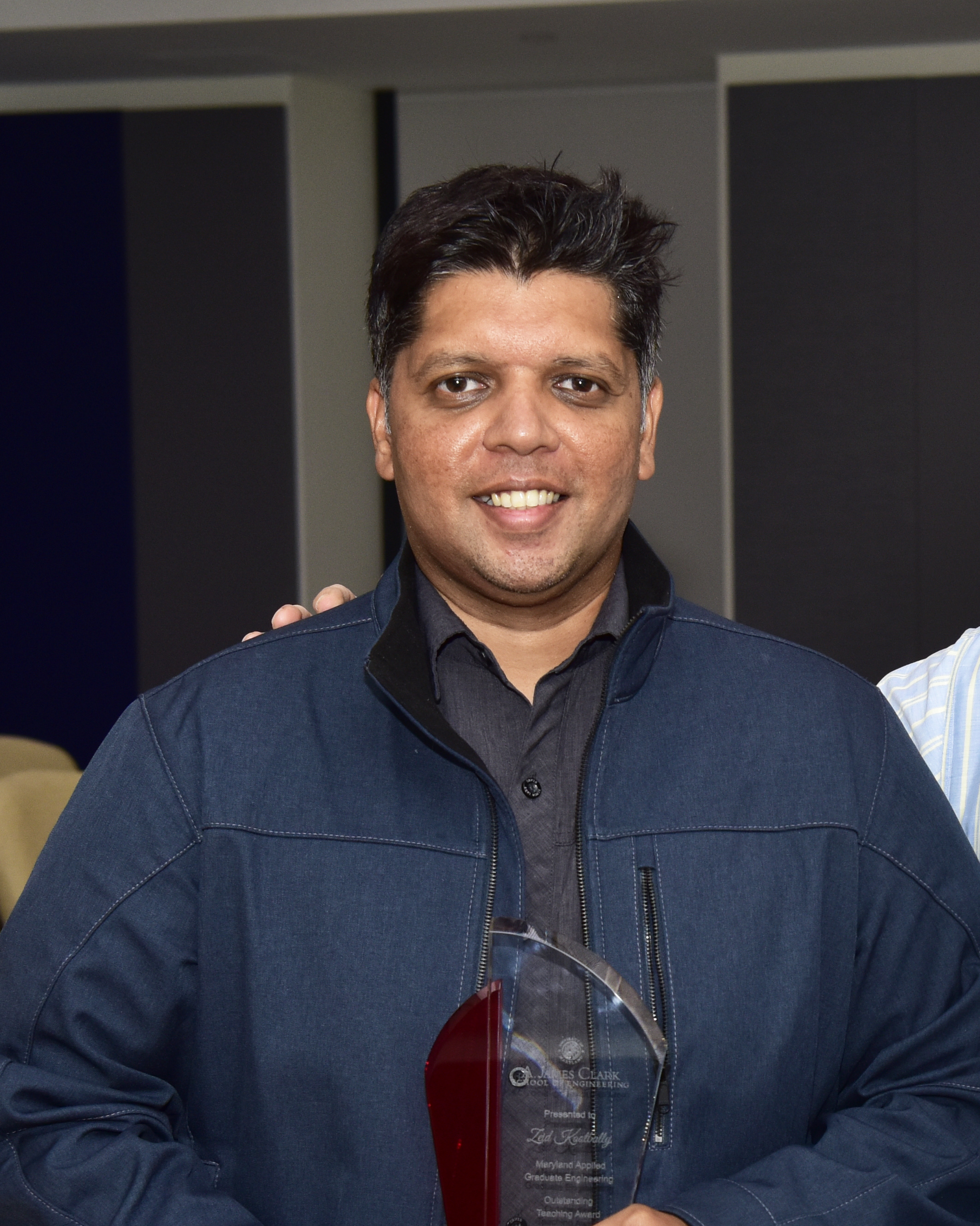Faculty Directory

Abshire, Pamela
Professor
Fischell Institute Fellow

Akin, David
Professor
Director of Space Systems Laboratory

Aloimonos, Yiannis
Professor
Asghar, Ahmad Bilal
Postdoc Research Associate

Ayyub, Bilal M.
Professor
Director, Center for Technology and Systems Management

Babu, Sudarsanam (Suresh)
Clark Distinguished Chair
Professor
Member of National Science Board
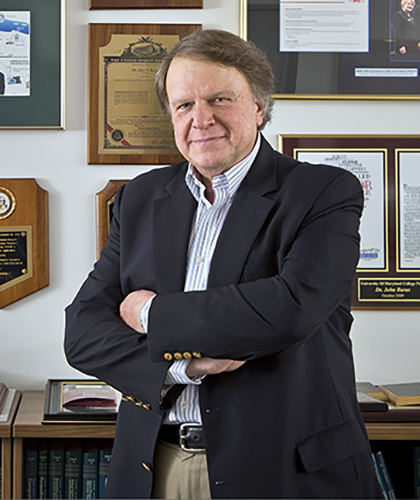
Baras, John S.
Distinguished University Professor
Lockheed Martin Chair in Systems Engineering
Founding Director, Institute for Systems Research, 1985-1991
Director, Maryland Hybrid Networks Center, 1992-present

Belta, Calin
Brendan Iribe Endowed Professor
Electrical and Computer Engineering
Computer Science
Maryland Robotics Center
Computer Science
Maryland Robotics Center
2337 A.V. Williams Bldg.
calin@umd.edu

Bera, Aniket
Assistant Research Professor
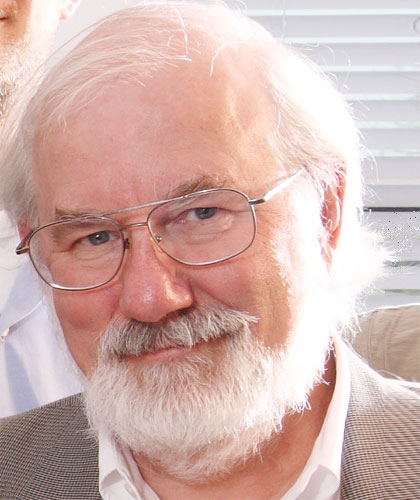
Blankenship, Gil
Professor and Associate Chair for External Affairs

Bruck, Hugh
Professor
Distinguished Scholar-Teacher
Associate Dean for Faculty Affairs
Carton, Molly
Assistant Research Professor

Chen, Po-Yen
Assistant Professor
Chemical and Biomolecular Engineering
Maryland Robotics Center
The Institute for Systems Research
Maryland Energy Innovation Institute
Electrical and Computer Engineering
Maryland Robotics Center
The Institute for Systems Research
Maryland Energy Innovation Institute
Electrical and Computer Engineering
Room 1223C, 4418 Stadium Dr., Chemical & Nuclear Engineering Building, College Park, MD 20742-2111
checp@umd.edu
301-405-0153
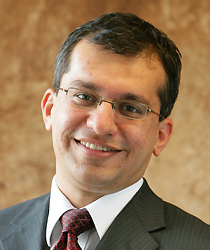
Chopra, Nikhil
Professor
Director of Undergraduate Studies

Cohen, Avis H.
Research Professor Emerita

DeVoe, Don
Fischell Institute Fellow

Diaz-Mercado, Yancy
Associate Professor

Fermüller, Cornelia
Research Scientist

Fuge, Mark D.
Visiting Research Professor

Gentili, Rodolphe
Associate Professor

Ghodssi, Reza
Distinguished University Professor
Herbert Rabin Distinguished Chair in Engineering
Former Director, Institute for Systems Research (2009-2017)
Executive Director of Research and Innovation
Fischell Institute Fellow
Founding Co-Director, Brain and Behavior Initiative/Institute (2015-2021)

He, Xiaoming (Shawn)
Professor

Horiuchi, Timothy
Associate Professor

Huang, Furong
Associate Professor
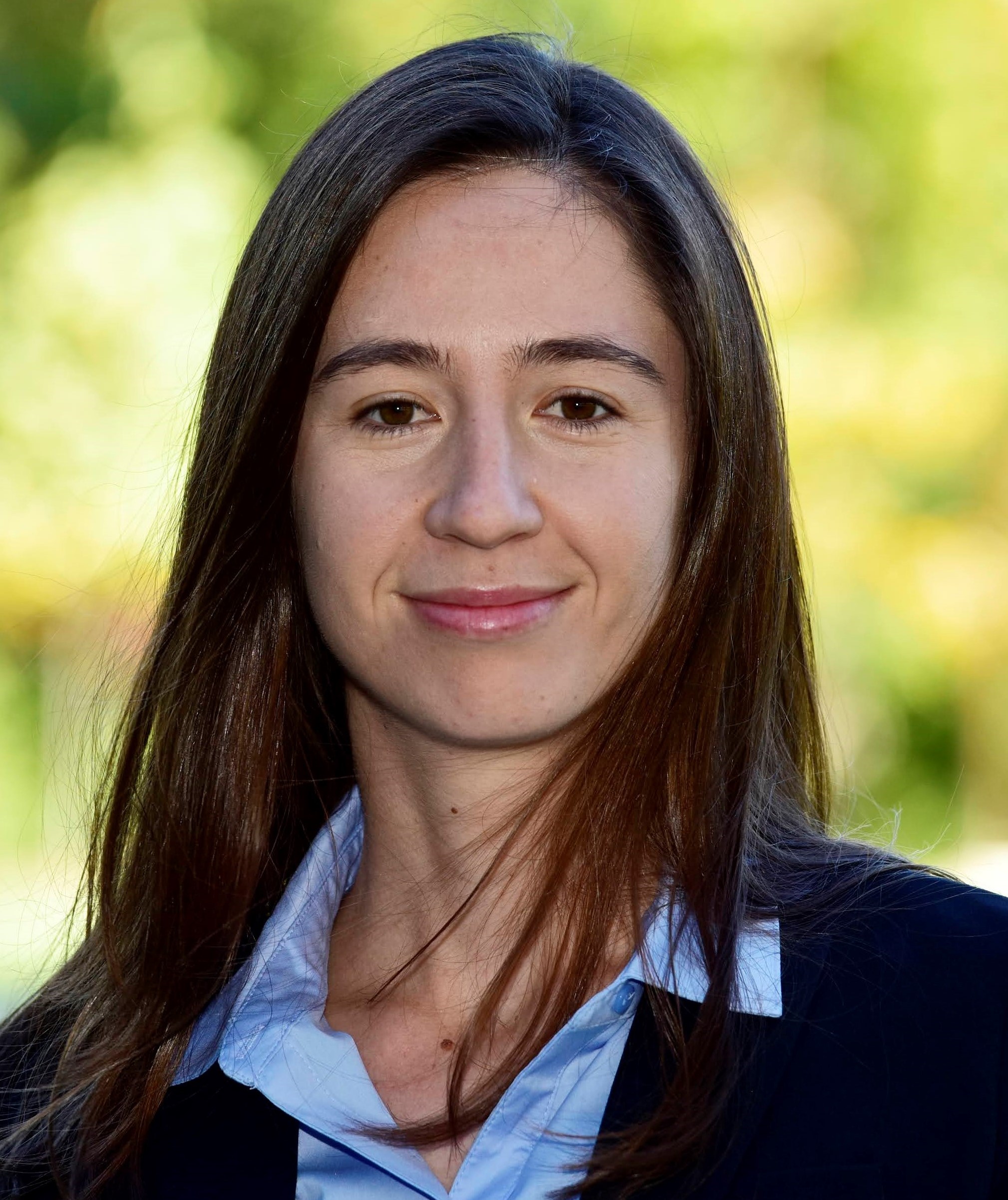
Huertas Cerdeira, Cecilia
Assistant Professor

Kontoudis, George P.
Postdoc Research Associate
Maryland Robotics Center
3242 Kim Engineering, University of Maryland, College Park, MD 20742
kont@umd.edu

Krishnaprasad, P. S.
Professor

Lee, Jay
Clark Distinguished Chair
Director of Industrial Artificial Intelligence Center

Levine, William
Research Professor
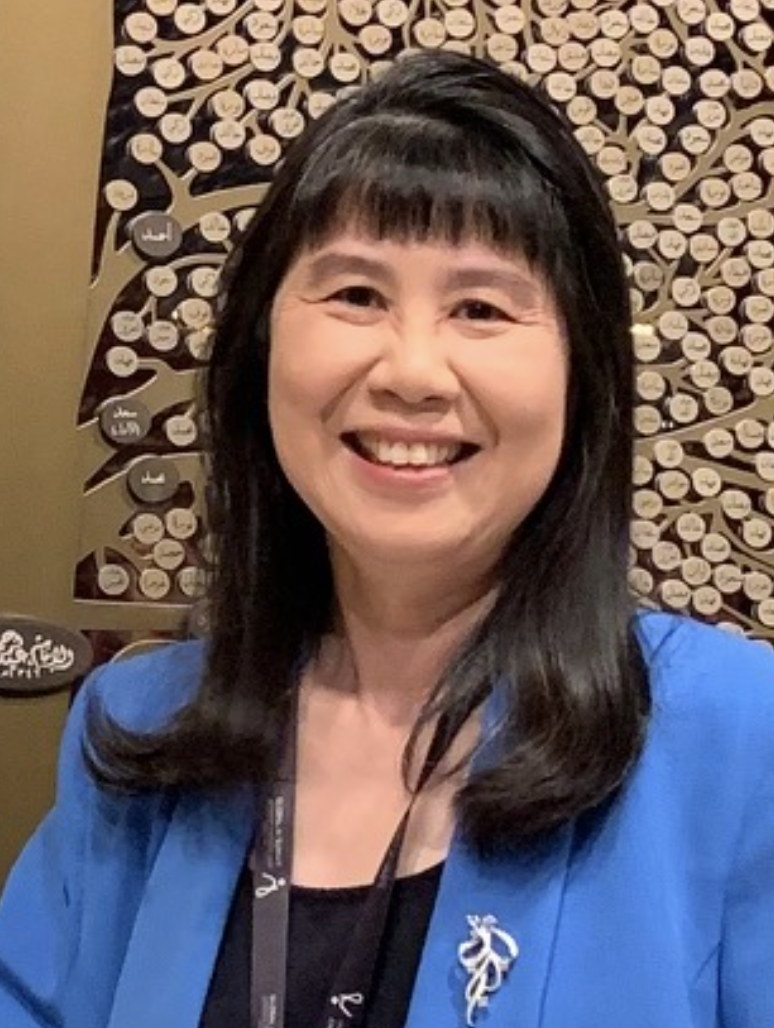
Lin, Ming
Professor
Dr. Barry Mersky and Capital One Endowed Professor
Distinguished University Professor

Lovell, David
Professor
Director of Gemstone Honors Program

Manocha, Dinesh
Distinguished University Professor
Paul Chrisman Iribe Professor of Computer Science

Martin, John

